Description
The Sound and the Fury was first published in 1929.
Contrary to its popularity today, the book did not sell well at the time of its publication, but nearly seventy years after its publication, the Modern Library ranked it sixth among the best English novels of the twentieth century, and it was then that sales multiplied.
About the book Rage and Pandemonium
William Faulkner won the Nobel Prize in Literature in 1949 for his artistic and powerful influence on modern novel writing.
William Faulkner is recorded as the greatest novelist between the two world wars in the history of world literature.
One of the most famous speeches at the Nobel Prize for Literature is by William Faulkner.
“I know this moment as a high place, from where my voice will reach the ears of young men and women who have already dedicated themselves to this pain and effort, and who will one day stand here in my place,” he said at the ceremony. , Have among themselves.
Our tragedy today is a physical, global and universal fear, and it is so long overdue that we can even smooth over it now.
These men and women must learn that shame is not inferior to fear; “And because they have learned this, they must completely forget the fear.”
Why read this book?
There are thousands of logical and literary reasons to read this book, but perhaps one of the most comprehensive reasons you need to read this book is that Rage and Pandemonium has been taught for many years as one of the best examples of twentieth-century novels in the world’s leading universities. .
This shows the power of words and the impact of the story of anger and commotion.
Interesting points about the book Rage and Pandemonium
One of the most intriguing things we can know about William Faulkner’s enduring novel is the root of the name rage.
The phrase “The Sound and Fury” was chosen by William Faulkner for the name of this novel. It comes from Shakespeare’s play Macbeth.
In one of his monologues in the fifth act, Macbeth says: “Tomorrow and tomorrow and tomorrow, he crawls in small steps from day to day until he leaves to the end of the scroll of each period. And where was yesterday and yesterday, we madmen except a sign of dust on the way to death.
Go down, go down, go down, go down, go down, go down, go down, go down, go down, go down, go down, go down, go down, go down, go down, go down, go down, go down, go down, go down, go down, go down, go down, go down, go down, go down “Life is a myth. It can be said that the confused lips of the brain are full of anger, roar, roar and melee, meaningless leak.”
The first part of the book Rage and Pandemonium is narrated by Benji, the disabled child of the Compson family.
In fact, Benji’s character here is the “brain riot” that Shakespeare is talking about.
The part you read was the fifth scene from the fifth scene of Macbeth’s play translated by Dariush Ashouri. This translation of Macbeth’s play has been published by Agha Publications, and its study is recommended for all those who are interested in dramatic literature.
Movie adaptation
Martin Ritt directed the first film adaptation of Rage and Pandemonium in 1959, but the subject matter of the film bore almost no resemblance to Rage and Pandemonium.
In 2014, James Franco made an accurate adaptation of the book on the big screen and played the role of Benji himself. This Franco cinematic adaptation was approved by fans of rage and fuss.
In 2015, in Iranian cinema, Hooman Sidi made a film called Rage and Pandemonium, the story of which has nothing to do with William Faulkner’s Rage and Pandemonium.
The book Rage and Pandemonium tells the story of four days of the Compson family’s life. The events of this book take place in Mississippi, USA, which is why some of the characters in the story speak for a moment in South America.
The Compsons have been wealthy in the past, but after a while they lose a large part of their property. The book Rage and Pandemonium has four chapters, each of which is defined by one of the sons of the Compson family.
Sentences from the book Rage and Pandemonium
I saw them. Then I saw Cody, with a long net like a shiny wind on his face. Cody, Cody.
T. پی. “Hush,” he said. Your voice is heard. “Come down soon.” He pulled me. کدی. I grabbed the wall with my hands. کدی. T. پی. He pulled me.
T. پی. “Hush,” he said. هیس. “Come here soon.” You killed me like that. کدی. “Take it easy, Benji.” You want to hear your voice. Let’s eat some more Susperilo, then we can come back if you calm down. It ‘s better to take another bottle and we will both shout. We can say he ate it. Mr. Quentin always says I’m very smart. “We can also say that he is a suspense dog.”
Moonlight came down the storage stairs. We ate some more Susperilo.
T. پی. “You know what my heart wants,” he said. I want a bear to come to you in the barn. You know what I do. I go straight to him and spit in his eyes. “Give me that bottle so he can hold my mouth before I shout.”
About the Author of the book Rage and Pandemonium: William Faulkner
William Faulkner (sometimes incorrectly pronounced William Faulkner) is one of the most famous American writers, born in 1897 in Mississippi. Writing was not only William Faulkner’s field of expertise, he was also an extraordinary novelist, poet, screenwriter, playwright and essayist.
William Faulkner has about thirteen novels and many short stories in his literary career. “Rage and Pandemonium,” “Gorbageur,” and “Absalom, Absalom!” His most famous novels published by Niloufar Publishing are “Flower Branch for Emily” and “Endless September” as his best short stories.
Faulkner’s works have been translated into Persian by great translators such as Abolhassan Najafi, Najaf Daryabandari and Saleh Hosseini.
William Faulkner’s writing style
In examining the writing style of William Faulkner, two important issues should not be overlooked. First, Faulkner was very sensitive about his characters.
All the characters in his writings are psychologically well-researched, and Faulkner’s characters can be examined from different philosophical and psychological perspectives.
Many reviews and articles have been written about Faulkner’s characters.
Another is that William Faulkner’s novels and short stories are usually in the Gothic genre (a genre of literature in which terrifying and romantic themes are combined). Faulkner wrote his stories in an experimental style and was one of the founders of the “fluid flow of the mind” style.
Nobel and Faulkner
Rage and Pandemonium is certainly considered one of the masterpieces of the world of literature, a unique work by Shiva William Faulkner was published in 1929 and won the Nobel Prize for Literature.
Now we are going to introduce and critique this literary masterpiece by writing a short background about the story of this wonderful novel.
Father of the family: Jason Campson III is a flowering aristocrat who has four children and has a great intellectual influence on his eldest son Quentin.
The mother of the family: Caroline Bascombe Campson, a woman who is proud of her family history and Jason IV, the second son of the family, is of great interest to her.
Oldest child: Quentin Thompson is the first son and eldest son of the family, a son whose ideas and many influences were formed by his father and who is deeply fascinated by his only sister.
The only daughter of the family: Cody Compson, the only daughter of the family and the protagonist of the story.
Jason IV: Jason Campson IV, the negative character of the story.
Benji: Benjamin Thompson is the last child in the family who has a mental disability and considers his sister his only friend.
Dilsie Gipson: The black maid of the family.
Quentin Compson: Cody’s child is the result of an illegitimate relationship in Cody’s virginity and is therefore sent to his ancestral home by his mother.
Book story trends
The story of the Compson family is destroyed by four narrators in four different days of this family.
The first narrator is Benji, who narrates family memories on his 33rd birthday, which is associated with Easter, and despite his mental disability, he has a simple and delicate vision. And understood his comings in history.
The second narrator
But the second narrator is Quentin, who narrates his unparalleled love for Cody and captivity at the time and his release from prison by committing suicide on the day of his suicide.
The fourth narrator is Jason, whose existence is filled with hatred and who considers the death of family members as an accelerating factor towards happiness.
And finally, Dilsy Gipson, who in any case is the link of the Compson family and tells the final message of the story to the audience.
Book Rage and Pandemonium Review
In Rage and Pandemonium, Faulkner describes a life from four different perspectives, a complex narrative that compels the audience to think and understand carefully.
The interesting point is the writing of the story of four narratives, which by examining it, we notice a change in their writing due to the characters’ vision.
In general, the specific writing and complexity of the book Rage Rage is one of the fascinating factors that in order to find answers to the questions in doubt in the mind, the audience should have an open mind and add the necessary punctuation to their study, which we suggest reading it. Do not.
What is the reason for naming this book?
“Rage and Pandemonium” refers to a line from William Shakespeare’s Macbeth. Macbeth is a Scottish noble general and his wife has committed suicide. After this incident, he thinks that his life is in a big mess. In addition, the title of William Faulkner can be seen in several parts of Macbeth’s play. for example:
Life is a story full of anger and commotion, told in stupid language and has no meaning.
1- Introducing the book on YouTube
2- Introducing the book in Aparat


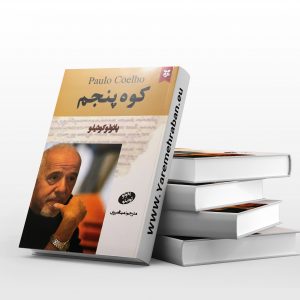
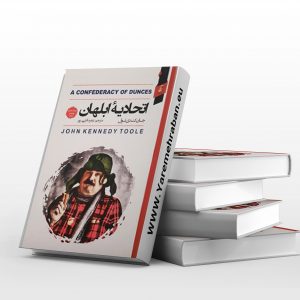
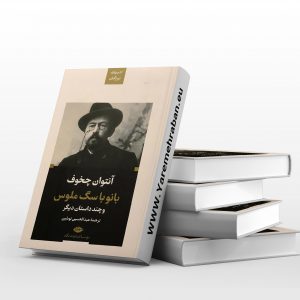

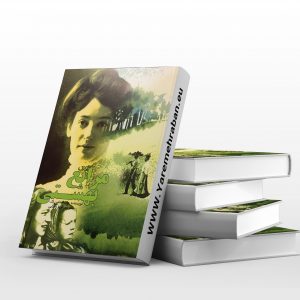


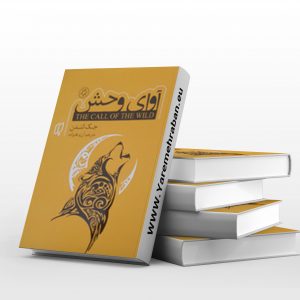



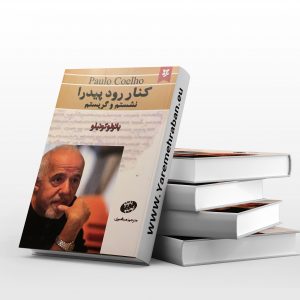
Reviews
There are no reviews yet.